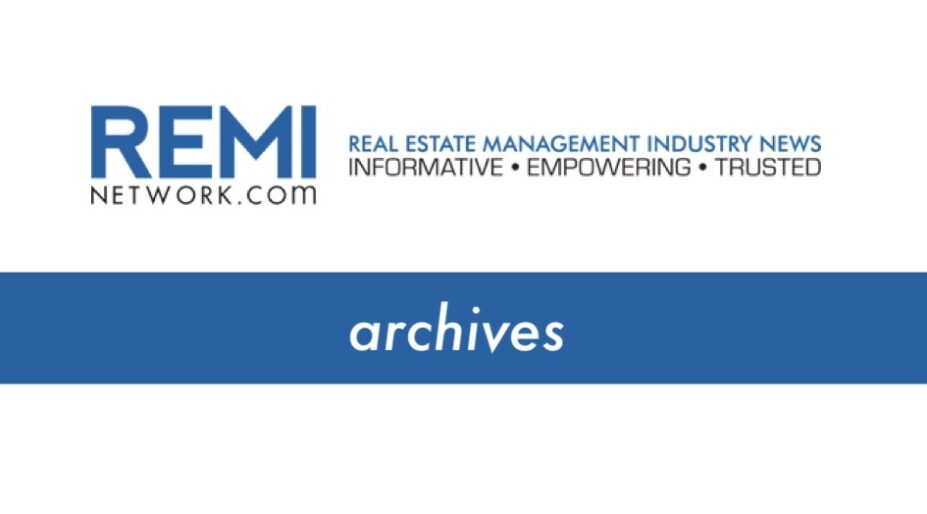The 1970s and 1980s cubicle layout was something of an anomaly in the evolving workplace, says Doug Lucy, director of marketing, AgilQuest.
Speaking in an Oct. 23 webinar, entitled Workplace of 2016: The Future is Sooner Than You Think, Lucy talked about how the concept of the office began as an open-space plan, with its roots in the factory settings of the Industrial Revolution, in which workers were brought to one place to work. The advent of the traditional white-collar office came in the late 1930s and 1940s.
“It switched back to this evolution with a typical workplace today being a lot more open, with people sitting right next to each other and more efficient use of space, a lot more efficient use of energy and technology,” he said.
Lucy went on to highlight the current mega-trends and technology expected to drive the evolving workplace in the next few years.
Mega-trends
The greatest force influencing workplaces today is a demographic shift occurring in many countries, Lucy said. The number of people aged 60 or older is expected to double by 2050.
“We’re going to see more and more people who are staying in the workforce even though they’re over 60, they’re over 65,” he said, “so we’re going to have to pay attention to that and make sure that we accommodate that within their normal personal lives and within the office.”
At the same time, millennials are entering the workforce and will need to be supported as they become the economic drivers of their organizations, Lucy added.
Another mega-trend, he said, is the declining populations of western countries at the same time emerging countries are experiencing hyper growth in their populations, which will influence the location of labour pools and where goods and services come from.
And urbanism is projected to place 72 per cent of the world’s population living in bigger cities by 2050. The environmental impact of this will be significant, said Lucy.
“We should see very large increases in the amount of energy that we’ve got to produce, the amount of water it’s going to take to supply all these folks and the food that’s going to keep everyone alive,” he said.
Lastly, said Lucy, technological breakthroughs are going to continue to accelerate in pace, with connected devices already outnumbering the world’s population.
Technology’s role
Wes Bryan, senior product manager, AgilQuest, said that most organizations have already made some changes to meet millennial expectations.
“Those changes aren’t just being driven by who’s doing the work,” Bryan said. “The nature of the work itself is changing and so is the way we communicate, and with it our understanding of what drives greater productivity.”
Just as email displaced voicemail as a primary method of communication, he said, instant messaging is overtaking email as a primary method of inter-office communication. Employees are also now bringing an average of three-and-a-half mobile devices to the workplace.
“High-speed Internet connections also allow us to work from home, at a local coffee shop or, due to tethering, being able to sit on the side of a cliff if we wish,” Bryan said.
Other changes, he said, include a move toward sharing rather than hoarding of information, as well as flexibility of work hours and location, which in turn have changed the layout of the workplace.
The open office plan was supposed to be the answer to the cubicle, Bryan said, and provide an environment conducive to collaboration and free exchange of ideas as well as cost savings and improved environmental performance. But the noisiness and lack of privacy for heads-down work generated backlash. The response has been to adopt a mix of spaces for different types of work and giving employees the ability to choose.
Bryan pointed to unified communications platforms coming to desktop computers, the proliferation of dedicated hardware designed to support collaboration and intelligent systems and smart building technologies as being among the technologies that will drive continuing change in the office.
Changing workplace
Lucy offered the following tips to organizations who want to proactively respond to these mega-trend and technology-driven changes in the workplace.
Recognizing that more employees are bringing their own devices to work, he said, organizations should consider developing a strategy for mobile device management. Organizations can make it easier for employees to securely use these devices in the office with a view to generating productivity gains.
Organizations may also want to consider what trade-offs they can make to encourage employees to want to share their location in a facility via device, Lucy said. This information can be leveraged in an organization’s workplace program or real estate. Enterprise gamification is one way organizations are doing this. Using the same methodologies as video game designers, it works by motivating certain behaviours with rewards.
And when buying IT products and services, he said, it’s important to look not just for automation but for intelligence and analytics. These systems do some of the work for organizations to predict employee needs.
As for workplace design and layout, Lucy recommended consulting resources such as Gensler and IFMA to identify trends that could positively impact employee productivity and satisfaction.
“Out of all of this,” he said, “you want to make sure that your people have the choices that they need to be productive and to be happy, and they’ve got an easy, efficient way to make those choices as you look to right-size the amount of resources and the amount of space that you have.”
Michelle Ervin is the editor of Canadian Facility Management & Design.





